Limestone is a widely used raw material in various industries, such as construction, cement production, and chemical engineering. Setting up an efficient limestone production line with a capacity of 80 tons per hour (tph) requires careful consideration of equipment selection, process design, and environmental factors. This article will guide you through the process of configuring such a production line and also present a successful case in the Philippines.
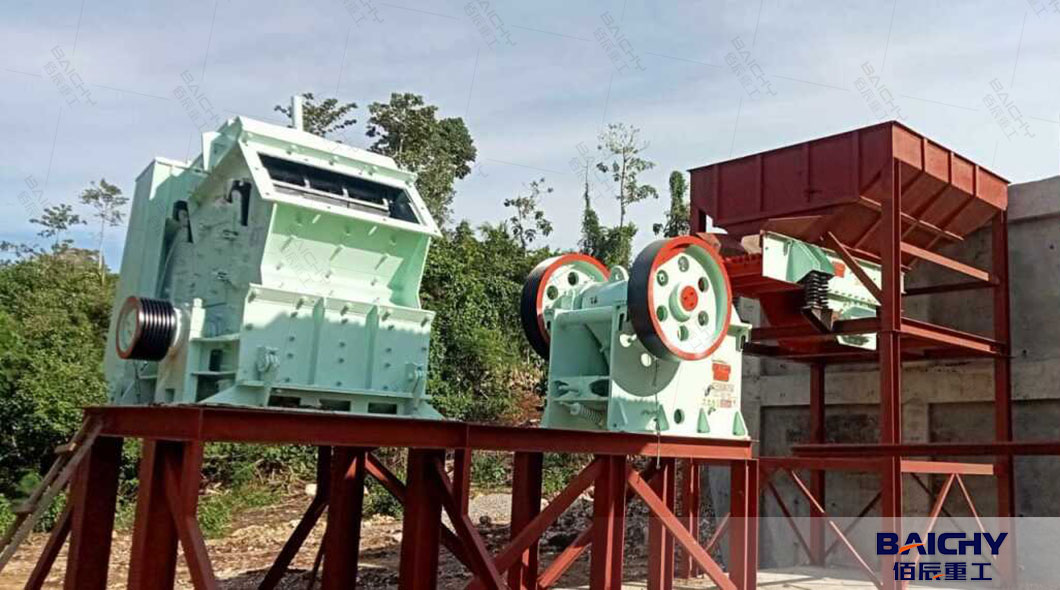
Step 1: Analyze Material Properties & Requirements
1.1 Limestone Properties
Limestone, mainly composed of calcium carbonate (CaCO 3), has a Mohs hardness of around 3, which is considered medium - hard. It is relatively easy to crush compared to some harder rocks like granite. However, its characteristics such as moisture content, clay content, and particle size distribution need to be analyzed before configuring the production line. High moisture or clay content can cause issues like clogging in the crushing and screening equipment.
1.2 Production Requirements
For a 80tph stone production line, the target finished product specifications should be clearly defined. Common specifications include different size fractions for aggregates, such as 0 - 5mm, 5 - 10mm, 10 - 20mm, and 20 - 31.5mm. The proportion of each size fraction in the final product depends on the market demand. For example, in the construction industry, a certain ratio of different - sized aggregates is required for making concrete. Additionally, environmental protection emission standards must be met, including limits on dust emission, wastewater discharge, and noise levels.
Step 2: Equipment Configuration for a 80tph Limestone Production Line
2.1 Primary Crushing Equipment
Jaw Crusher: A jaw crusher is often the first choice for primary crushing in a limestone production line. It can handle large - sized limestone blocks. For a 80tph production line, a model like the PE500×750 jaw crusher can be considered. It has a large feed opening, capable of accepting limestone pieces up to 425mm in size. Its processing capacity can reach 40 - 130t/h, which is suitable for our 80tph target. The power consumption of this model is around 45kW, and it features a robust structure made of high - quality cast steel, ensuring long - term durability.
2.2 Secondary Crushing Equipment: Impact Crusher
Impact Crusher: An impact crusher, such as the PF1210 impact crusher, can be used for secondary crushing. It is effective in producing well - shaped, cubical particles. The PF1210 has a feed size of up to 350mm and a capacity of 70 - 130t/h, which can further crush the limestone to the desired size range. Its power is 90kw. It works by the high - speed rotation of the rotor, which throws the limestone against the impact plates, resulting in efficient crushing..
2.3 Screening Equipment
Vibrating Screen: A circular vibrating screen is commonly used for screening limestone. For a 80tph production line, a 3YK2160 circular vibrating screen can be a good choice. It has a screening area of 12.6㎡ and can handle a large volume of material. The screening efficiency is high, and it can separate the crushed limestone into different size fractions according to the requirements. The power required for this vibrating screen is about 15kW.
2.4 Feeding and Conveying Equipment
Vibrating Feeder: A vibrating feeder, such as the ZSW8530 vibrating feeder, is used to evenly feed the limestone into the primary crusher. It can adjust the feeding speed according to the production needs, ensuring a continuous and stable feed. Its feeding capacity can reach 60 - 300t/h, and it has a power of 5.5kW.
Belt Conveyors: Belt conveyors are used to transport the limestone between different equipment. For a 80tph production line, belt conveyors with a width of 650 - 800mm are suitable. The length and number of belt conveyors depend on the layout of the production line. They should be selected based on the material - handling capacity and the distance between equipment. The power consumption of belt conveyors varies according to their length and the amount of material they transport.
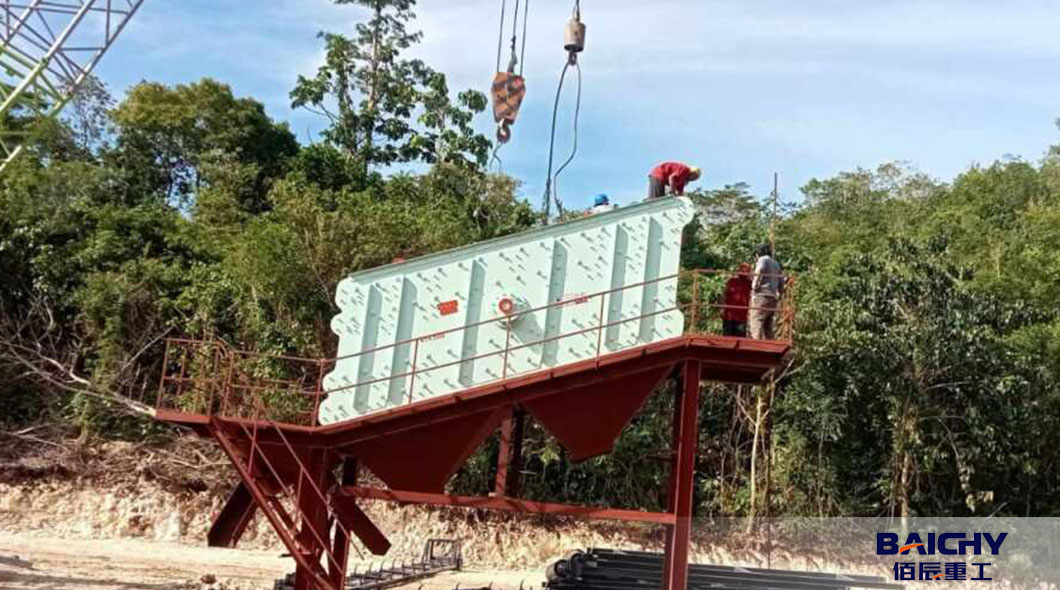
Step 3: Process Design of the Limestone Production Line
3.1 Crushing Process
Two - Stage Crushing: In a typical 80tph limestone production line, a two - stage crushing process is often adopted. First, the large - sized limestone is fed into the jaw crusher for primary crushing. The crushed material from the jaw crusher is then conveyed to the secondary crusher (either an impact crusher or a cone crusher). The secondary crusher further reduces the particle size of the limestone to meet the requirements of the final product.
3.2 Screening Process
Multi - Stage Screening: After the secondary crushing, the limestone is sent to the vibrating screen for screening. The vibrating screen can separate the limestone into different size fractions. Oversized particles are usually returned to the secondary crusher for further crushing through a return conveyor, forming a closed - circuit crushing system. This helps to ensure that the final product meets the desired particle - size distribution.
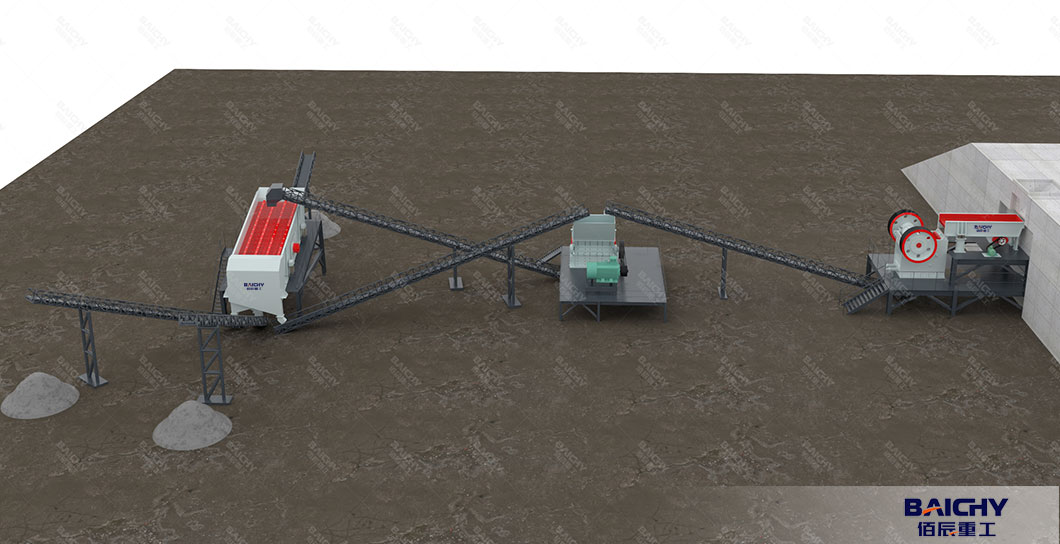
4. A Successful Case in the Philippines
4.1 Project Background
A company in the Philippines decided to set up a limestone production line to meet the growing demand for construction materials in the local market. They planned to build a 80tph limestone production plant in Philippines with the aim of producing high - quality aggregates for concrete production.
4.2 Equipment Configuration in the Philippine Project
- Primary Crushing: A PE500×750 jaw crusher was selected for primary crushing, which effectively reduced the large - sized limestone blocks from the quarry.
- Secondary Crushing: An PF1210 impact crusher was used for secondary crushing. It produced well - shaped particles, which were highly desirable for the concrete - making process.
- Screening: A 3YK2160 circular vibrating screen was installed to screen the crushed limestone into different size fractions, including 0 - 5mm, 5 - 10mm, 10 - 20mm, and 20 - 31.5mm.
- Feeding and Conveying: A ZSW8530 vibrating feeder was used to feed the limestone evenly into the jaw crusher, and belt conveyors of appropriate lengths and widths were installed to transport the limestone between different equipment.
- Dust Collection: A pulse - jet baghouse dust collector was set up to control dust emissions, ensuring compliance with local environmental regulations.
4.3 Project Results
After the production line was put into operation, it successfully achieved the target production capacity of 80tph. The quality of the produced aggregates met the strict standards for concrete production. The company's market share in the local construction materials market increased significantly, and the production line brought substantial economic benefits. Moreover, by complying with environmental regulations, the company also gained a good reputation in the local community for its environmental - friendly production practices.
Conclusion
Configuring a 80tph limestone production line requires a comprehensive consideration of equipment selection, process design, and environmental factors. By choosing the right equipment and optimizing the production process, it is possible to build an efficient and profitable limestone production line. The successful case in the Philippines serves as an example, demonstrating that with proper planning and implementation, a limestone production line can achieve high - quality production while meeting environmental and economic requirements.







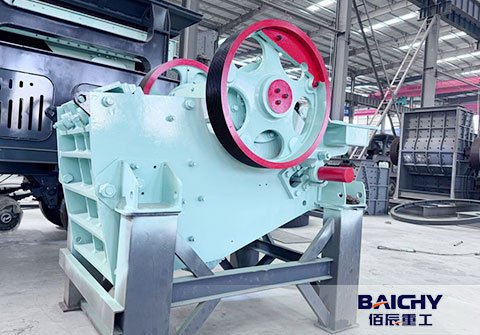
 2025-04-14
2025-04-14
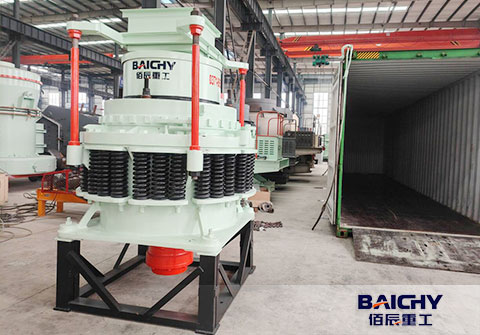
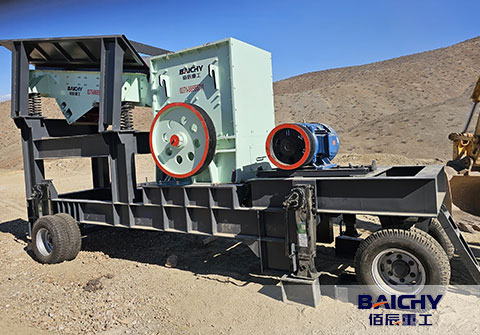
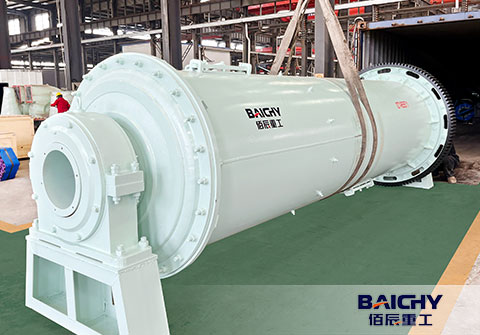
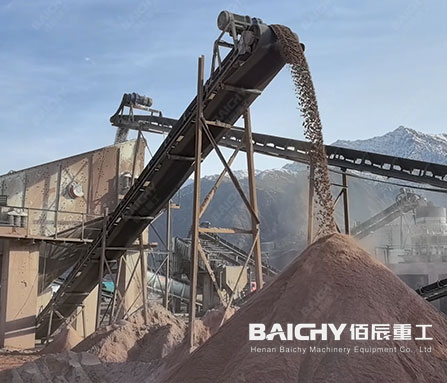
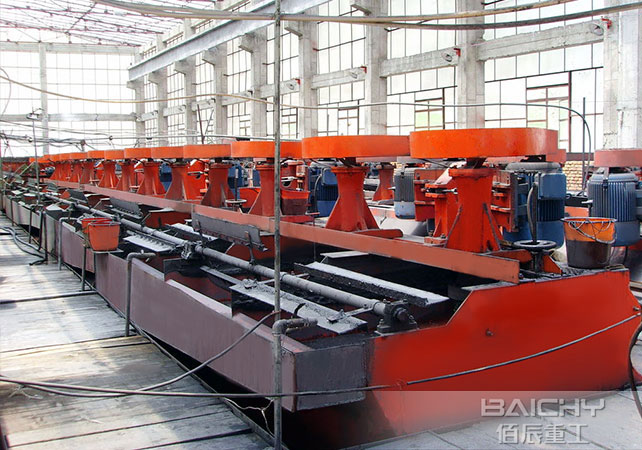
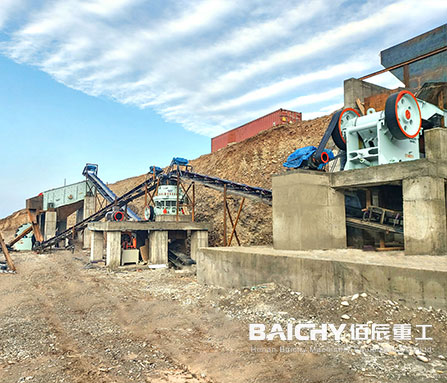
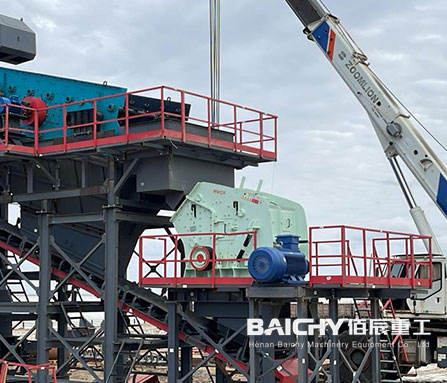














 86-15093113821
86-15093113821
 86-15093113821
86-15093113821

